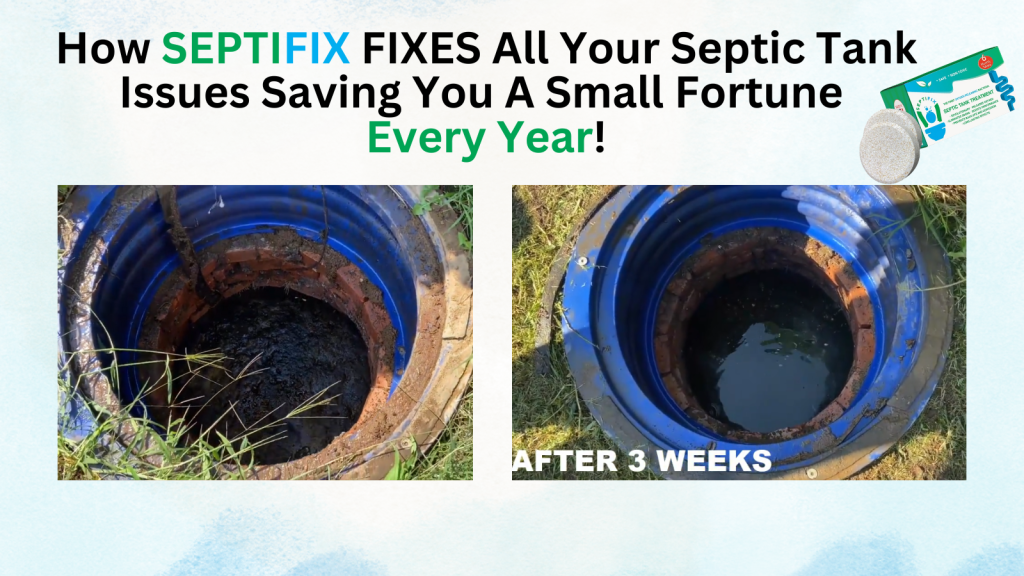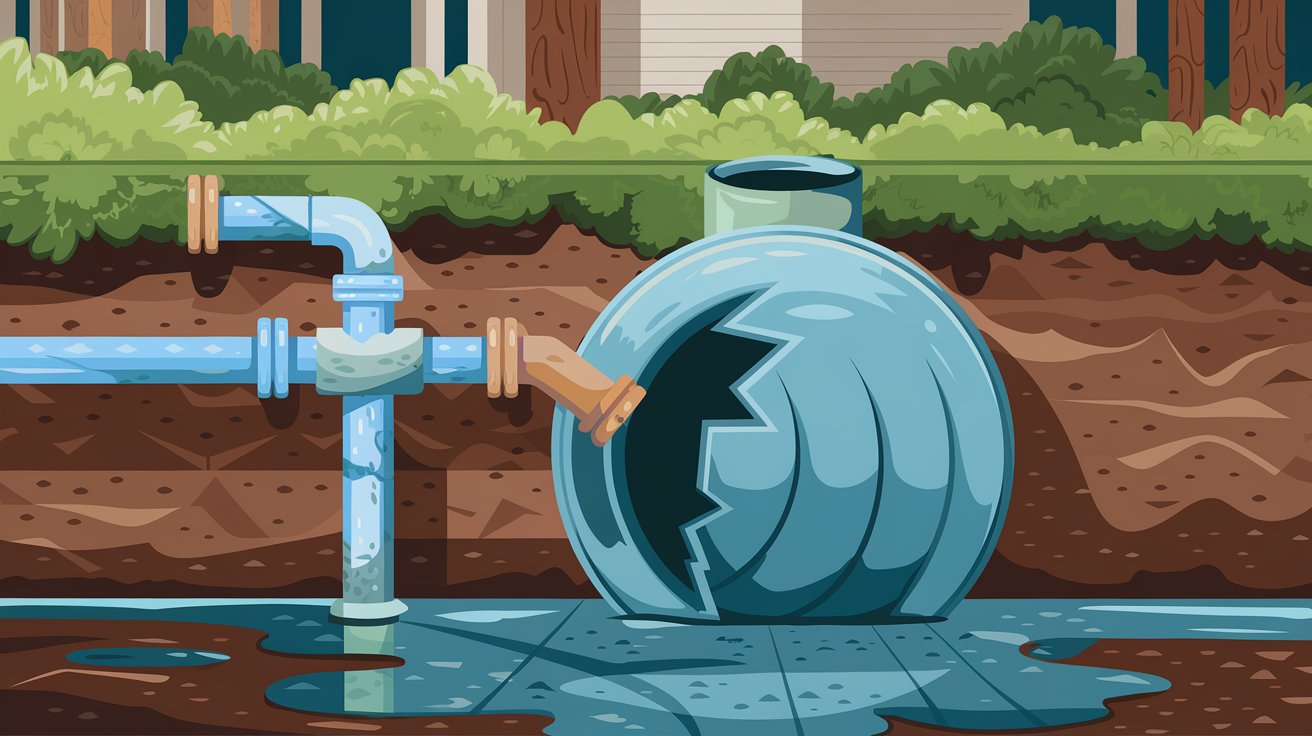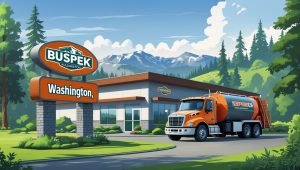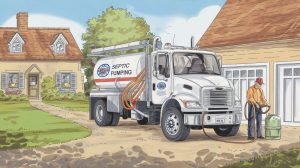Understanding Common Septic Tank Problems
If you’re a homeowner with a septic system, understanding common septic tank repairs can save you time, money, and frustration. Septic systems are essential for managing household wastewater in rural and suburban areas, but they’re not immune to wear and tear. From clogged pipes to damaged baffles, several common issues can arise over time. Knowing what to watch for and when to call a pro helps keep your onsite wastewater system functioning properly.
Table of Contents
- Understanding Common Septic Tank Problems
- Why Septic Tank Repairs Are Sometimes Necessary
- Signs Your Septic Tank May Need Repair
- Common Septic Tank Repairs Explained
- When to DIY vs. Call a Pro
- Secondary Keyword Integration
- Preventing Costly Repairs
- Contact Info and Resources
- Septifix
- Septic Permit Links by State
Why Septic Tank Repairs Are Sometimes Necessary
Even well-maintained systems can experience occasional trouble due to age, usage, or environmental factors. Regular inspections and pumping reduce the need for major repairs, but unexpected problems can still occur. Common repairs typically address issues like leaks, clogs, and component failure.
Signs Your Septic Tank May Need Repair
Look for These Warning Indicators:
- Slow-draining sinks or toilets
- Gurgling sounds in your plumbing
- Foul odors near the drain field or tank
- Pooling water in your yard
- Backups in the home
These symptoms often point to problems that require professional attention—especially if they occur suddenly or persist after routine maintenance.
Common Septic Tank Repairs Explained
1. Broken or Clogged Pipes
One of the most frequent septic issues involves the inlet or outlet pipes. Tree roots, shifting soil, or simply aging PVC can cause cracks or blockages. This prevents wastewater from flowing correctly through the system, leading to backups or foul odors.
Repair approach:
A plumber or septic technician will locate the damaged section using a sewer camera and may replace or patch the affected pipe. In severe cases, excavation may be required.
2. Cracked Septic Tank Walls
Concrete or fiberglass tanks can develop cracks over time due to soil pressure, poor installation, or freeze-thaw cycles. Cracks allow wastewater to leak out or groundwater to seep in, disrupting the system’s balance.
Repair approach:
Minor cracks might be patched with an epoxy sealant, but large structural issues often require tank replacement. This is a job for a licensed septic contractor.
3. Baffle or Tee Failure
Baffles or sanitary tees direct wastewater flow and prevent solids from escaping into the drain field. Over time, they can deteriorate or detach, especially in older concrete tanks.
Repair approach:
Technicians typically remove and replace broken baffles with modern tees. Replacing a baffle is usually a cost-effective repair that can prevent major drain field damage.
4. Drain Field Failure
Sometimes the issue isn’t with the tank but with the leach field. If too much solid waste reaches the field or if it becomes compacted, water won’t drain properly, causing backups and wet spots in your yard.
Repair approach:
Partial rejuvenation of the drain field (such as aeration or soil fracturing) can sometimes restore function. Severe failure may require replacing the entire field—a significant investment.
5. Broken or Failing Pump
In systems with an effluent pump, failure can occur due to power surges, clogged filters, or wear and tear. If the pump stops working, wastewater can back up into the tank—or your home.
Repair approach:
An electrician or septic technician can test the pump and float switch. Replacing the pump is usually straightforward if caught early.
When to DIY vs. Call a Pro
You can handle some maintenance tasks yourself, like checking filter screens or monitoring water usage. However, septic tank repairs are rarely safe for DIY fixes. Opening the tank exposes you to harmful gases like methane and hydrogen sulfide, and incorrect repairs can cause further damage.
When in doubt, always consult a certified septic professional. They have the tools and training to fix problems efficiently and safely.
Secondary Keyword Integration
To enhance your understanding, here are some other relevant terms often associated with septic repairs:
- Leach field issues
- Septic tank baffle repair
- Drain field failure
- Clogged septic lines
- Septic system maintenance
These problems are common across various regions where septic systems—often called onsite sewage systems or individual wastewater treatment systems—are used instead of centralized sewer systems.
Preventing Costly Repairs
Regular Maintenance Is Key
- Pump your tank every 3–5 years depending on usage and household size.
- Avoid flushing non-biodegradable items.
- Limit water usage to reduce system strain.
- Install effluent filters to catch solids before they reach the drain field.
- Schedule routine inspections to catch problems early.
Preventative care extends your system’s life and significantly lowers the risk of expensive repairs.
Contact Info and Resources
If you suspect a problem with your system, don’t wait. Here are some helpful resources:
- EPA SepticSmart Guide – Government tips for septic care
- National Onsite Wastewater Recycling Association (NOWRA) – Find certified professionals in your area
- Local health departments – They often have lists of approved septic service providers
- [Your state or county environmental services office] – May offer regional guidance or inspection services
- Internal link: Check out our full guide on Signs Your Septic System Needs Attention to spot trouble early.
Conclusion
Understanding common septic tank repairs helps you make informed decisions about your home’s wastewater system. While some problems are inevitable with time, many can be avoided through consistent maintenance and early detection. If you notice signs of trouble, don’t delay—acting quickly can save you thousands in long-term repairs.
Need expert guidance or routine service? Reach out to a local septic specialist today and keep your system running smoothly for years to come.
DIY Septic Tank Installation: A Complete Guide for Homeowners
Directory | Washington Septic Service Providers | Part 2
Directory | Washington Septic Service Providers | Part 1
DIY Repairs Are Always Cheaper
Septic Regulations in Rural Areas: Essential Guide for Rural Property Owners
The Role of Perforated Pipes in Drain Fields
What Happens During a Pumping Service?
Septic Tanks vs. Sewer Systems | Choosing the Right Option
Septifix










